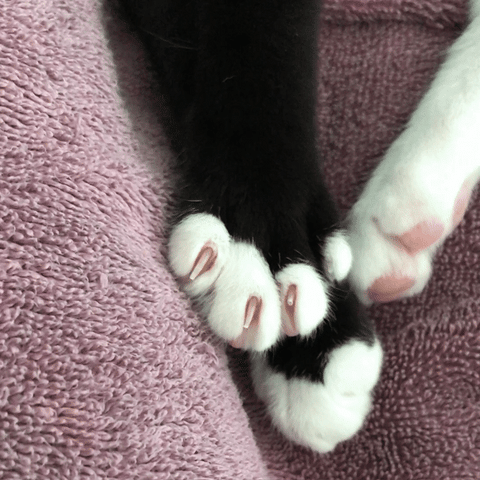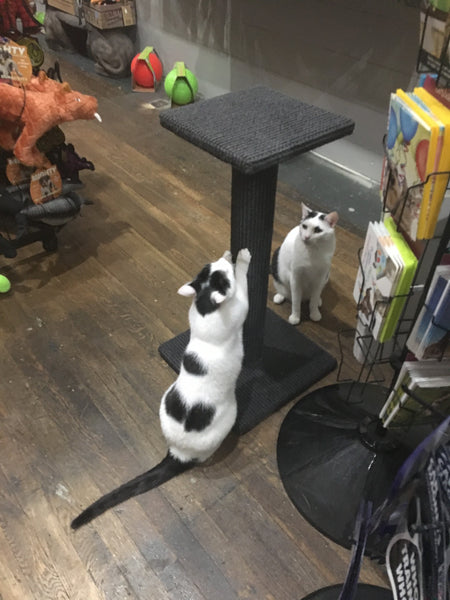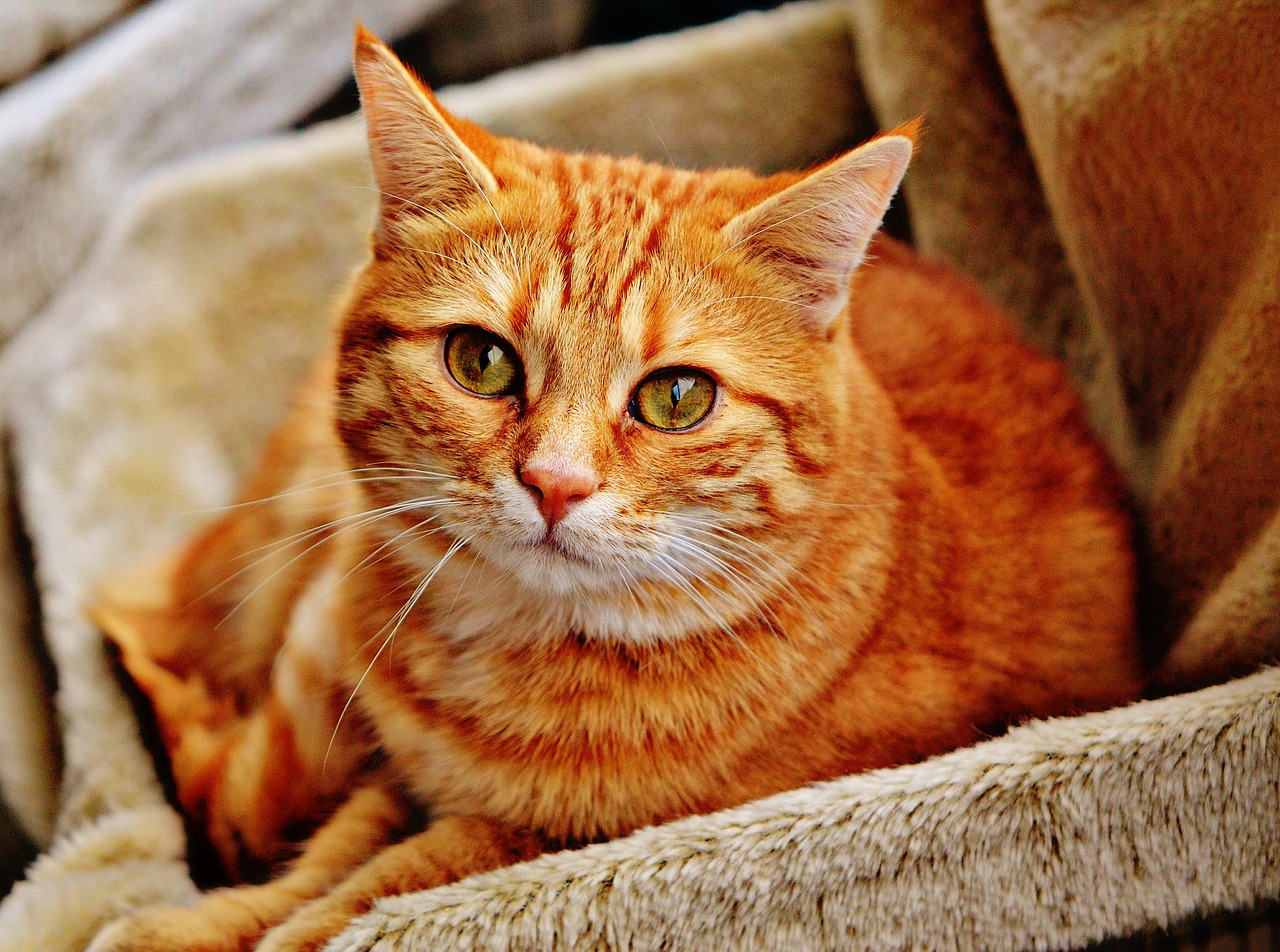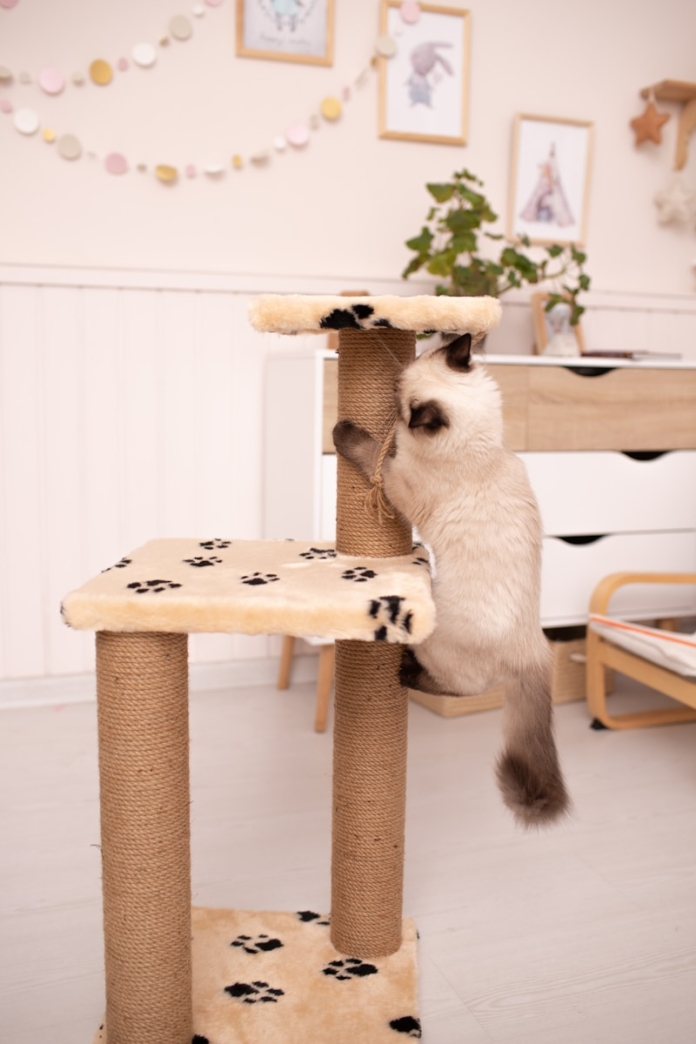What makes a scratch post appealing
In the article Declawing is Not the Solution – Scratch Posts Are, the author sheds light on the adverse effects of declawing and promotes the use of scratch posts as a superior alternative. Declawing might seem like a simple solution to unwanted scratching but comes at a heavy price for our feline friends. This surgical procedure involves amputation of the last bone of each toe, which can lead to a lifetime of physical and behavioral issues.
But why are scratch posts so essential for our cats? Cats have an intrinsic need to scratch – it’s essential for their mental and physical health. Scratching helps mark their territory, stretches their muscles, and keeps their claws sharp. Now, let’s get into the nitty-gritty of what makes a scratch post appealing to our furry companions.

Material Matters
The texture of a scratch post can significantly influence whether your cat takes to it. Cats are drawn to textures that offer a satisfying scratch experience. For example:
- Sisal: This is a popular material for scratchers because it mimics the feel of tree bark, providing the right resistance and texture for their claws.
- Carpet: While some cats prefer carpeted scratchers, they may resemble home carpeting too closely, leading to confusion.
- Cardboard: Corrugated cardboard scratchers are inexpensive and provide a unique texture that many cats enjoy.
Sturdiness is Key
A wobbly scratch post can easily deter a cat from using it, much like how a wobbly table can spoil your dining experience. Scratch posts need to be stable and secure:
- Heavy base: Ensure the post has a wide, heavy base to prevent it from tipping over.
- Wall-mounted: Consider wall-mounted options for added stability.
Height for the Perfect Stretch
Cats love to stretch their full body length when they scratch. Therefore, it’s important to have scratch posts that accommodate this behavior:
- Vertical posts: Ideally, a vertical post should be at least 32 inches tall.
- Horizontal options: Provide horizontal scratchers for variety, especially if your cat enjoys scratching on the floor.
“To say scratch posts are furniture savers is an understatement; they are crucial to an indoor cat’s well-being.”
Next, let’s take a look at some key factors that make an ideal scratch post for your furry friend:
| Material | Sisal, Carpet, Cardboard |
| Sturdiness | Heavy base, Wall-mounted options |
| Height | At least 32 inches for vertical posts |
Remember, providing appropriate outlets for your cat to scratch can lead to a happier, healthier feline while saving your furniture in the process.
Where’s the best spot for a post
Where’s the best spot for a post?
Placing a scratch post in an ideal spot can be a game-changer in how often it’s used. For starters, think about your cat’s favorite spaces. Just like humans have specific places where they like to hang out, cats do too. Are they drawn to the living room, the kitchen, or maybe even that cozy corner near the bedroom window? These favorite haunts are perfect spots for placing scratchers. Here are some ideas to consider:
- By Doorways: Putting a scratch post near a doorway allows your cat to mark their territory as they enter a room. It’s almost like when people say hello as they walk into a room – it’s a form of acknowledgment for cats too.
- Common Areas: Cats use scratching as a form of communication with both humans and other pets. By having scratchers in central locations – like the living room or main hallway – your cat can engage in their natural behaviors where they feel most comfortable.
- Near Windows: Placing a scratch post near a window where your cat enjoys sunbathing or watching birds can provide them with convenient scratching space while they’re spending time in their favorite spot.
Speaking of common areas, it’s also vital to keep in mind the multi-cat household. Each cat should have their own scratching post to avoid competition, just like every person in a house might need their own closet space. This helps prevent any potential friction between your feline companions and ensures everyone gets their fair share of scratching satisfaction.

Experimenting with different spots and observing your cat’s preferences can be really insightful. Perhaps that post in the corner by the couch isn’t getting any attention, but the one you moved next to the favorite nap spot is a hit. Be flexible and willing to move things around based on what works best for your kitty. Plus, placing scratchers near the couch or favored furniture can also prevent unwanted scratching by redirecting the behavior to the appropriate place.
For more insights on how to keep your cats happy and your furniture claw-free, check out the full article here.

